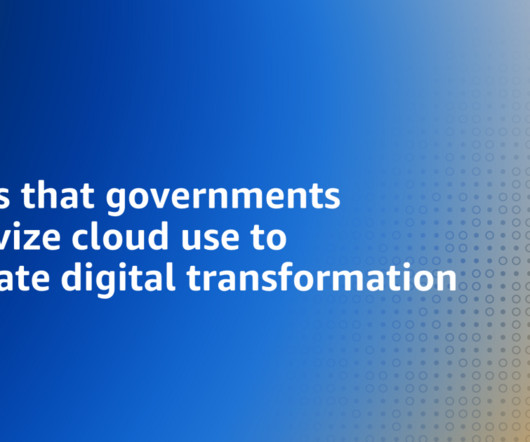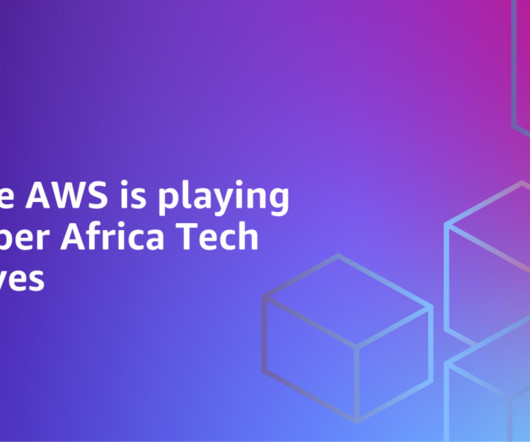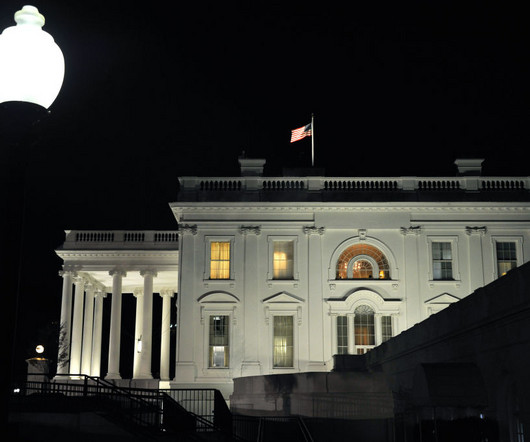10 ways that governments incentivize cloud use to accelerate digital transformation
AWS Public Sector
JUNE 24, 2024
Governments encourage public sector organizations, businesses, and citizens to embrace digital technologies and practices through a range of incentives. These incentives standardize processes and motivate behaviors that achieve the objectives of these initiatives in a way that can be sustained over time.











Let's personalize your content